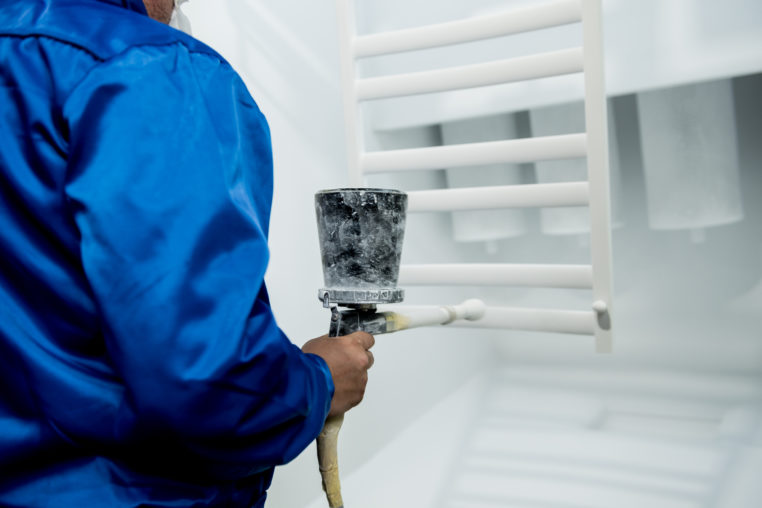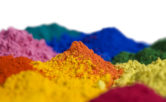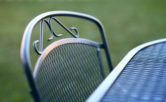
5 Unavoidable Complications of DIY Powder Coating
Despite powder coating being the best way to protect and preserve products, there is a reason why it still has not replaced paint as a standard finishing option. The powder coating process can be complex and expensive, requiring a lot of work and investment to get right.
If you want to try DIY powder coating at home, it will be even more challenging to carry it out correctly and safely. There are many challenges and risks you have to deal with when you attempt to carry out this process without the right expertise, equipment, and supplies.
This article will help you to expertly analyze the risk vs. reward of DIY powder coating so that you can make the right decision.
1. Expensive Equipment and Supplies
For most DIY enthusiasts, powder coating at home is about saving money. However, it is easy to underestimate just how expensive it can really be to set up the equipment and buy the supplies needed for a powder coating project.
Probably the most problematic part is the curing oven. You should NOT use a kitchen oven or microwave to cure parts because the toxic gases emitted will contaminate food, even after a thorough cleaning.
As buying commercial ovens is expensive, most people opt to buy a special curing oven or build a DIY version. Even then, finding one that is large enough for most household parts such as furniture or landscaping features will be difficult. Most people go for infrared heat lamps or hot air guns, but these may not produce as good a result because both the paint and the substrate beneath have to be hot for proper curing.
The second important piece of equipment is the powder coat gun. Like a spray paint gun, it is used to charge the paint particles electrostatically so that they can adhere to the surface of the part being coated.
A good-quality gun is necessary for an excellent finish, such as the Parker Ionics GX8500A Series. Professional guns like Parkers offers:
- Full Digital Control
- Third Generation Patented Super Pulse Power
- Independent Control of Powder Output, Airflow, Gun Voltage and Current
- Up to 250 individual Recipes Can Be Saved for Future Use
- Features the Industry’s lightest GX132 Electrostatic Handgun with Multiple Nozzle Options
- Excellent for Coating Boxes, Wheels, Piping, MDF, Extrusions
- Highest Transfer Efficiency in the Industry Resulting in Lower Operating Costs.
- Smooth Surface Finishes and Excellent Faraday Cage Penetration
Cheaper options might cause powder distribution problems depending on your set-up. The third important thing you need is a source of compressed air at about 5-10 Bar.
Other equipment and supplies you will need include media blasting equipment, cleaning solutions, various additives, among others. Unless you are an enthusiast who already has all the major equipment on hand, powder coating at home will require a significant initial investment.
Professional powder coating companies are usually much more affordable and will save you the effort of setting up a viable system. DIY powder coating only makes sense if you simply want to do it as a hobby, don’t mind the cost, and are willing to put in some work to study the science behind it.
2. Risks to Personal Safety
The health hazards associated with powder coating at home are higher than average because the process involves, chemicals, high-voltage electricity, fine powder, chemicals, and heat. Without the right safety training, you can easily endanger yourself and others.
Here are some of the most significant safety issues associated with DIY powder coating.
- Since all powder coating materials are finely ground particulates, they are regulated under Particles Not Otherwise Classified (PNOC). As such, they have a threshold limit of just 10mg/m3, which is the accepted exposure limit to avoid adverse effects. Anything beyond that requires proper respiratory and skin protection, including masks and clothing
- Finely ground powders are a fire and explosion risk if they are allowed to reach a certain powder/air mix ratio. Thus, ventilation and elimination of potential ignition sources are critical.
- The high voltage used in the powder gun (15kV-25kV) can cause arcing when the tip is brought too close to the part being coating. This is an additional fire hazard.
- Proper grounding must be maintained for all parts, racks, and your own body when handling the powder coating gun.
- Hot oven temperatures can be a risk to yourself and other individuals in the surrounding.
- The toxic fumes emitted during pretreatment and curing are also hazardous without proper protection or ventilation
These risks make powder coating at home harder and more time-consuming. If you want to carry out the process more regularly, the risks increase significantly and might constitute health and safety violations.
3. Waste Disposal
While most powder coating materials are safe, non-toxic, and can be disposed of in normal garbage disposal, some chemicals used in pre-treatment processes have specific disposal regulations. Most of them cannot simply be flushed down the drain, especially if they are going to a river, pond, or public water treatment works.
As such, you need to be aware of the local regulations in your community about air quality, water, and environmental safety.
4. Poor Pre-Treatment
Pre-treatment is the most important stage in powder coating. Most people are satisfied with sanding or grinding alone, but this is rarely sufficient to give you a high-quality surface for strong adherence.
Metal surfaces such as car parts are the most common victims of poor pre-treatment. Parts that have been exposed to rust, corrosion, surface pitting, or oil require more specialized pretreatment processes.
In particular, oil may require multiple baking sessions to release gas and trapped oil particles before powder coating can be applied.
Media blasting is highly recommended for many of these parts because it prepares the surface for paint adherence. However, each material requires unique preparation processes. You need to be knowledgeable about powder coating for special substrates such as stainless steel, copper, mixed metals, glass, acrylic, plastics, among others.
Poor pretreatment invariably leads to a poor quality finish with bubbles, bumps, or peeling being the most common results. You will also need a good understanding of the curing process regarding temperatures, time spent in oven, and recommended practices.
5. Lack of Proper Skills and Knowledge
Like any other kind of finishing, powder coating requires specific training, knowledge, and experience to carry out to a high standard. Without a deep understanding of the entire process, it will be difficult to come up with a satisfying powder coating finish.
Professional powder coating technicians go through formal education and training in finishing from trade associations such as CCAI or PCI. This training and certification prepares them to carry out industrial-scale powder coating. Without that kind of training, most DIY powder coating will be a hit-or-miss.
Conclusion: Let Experts Handle Your Powder Coating Project
Powder coating gives items a fantastic, durable, and aesthetic finish. However, the process of powder coating is much more complicated than spray painting because of the skills, knowledge, and equipment required.
At the end of the day, it is much more practical to let experts do it for you. It will be cheaper and produce a more satisfactory result, especially when you need your parts to handle harsh conditions such as marine corrosion, chipping, or pitting.
When you need professional powder coating, contact us and let us handle your powder coating for you.




